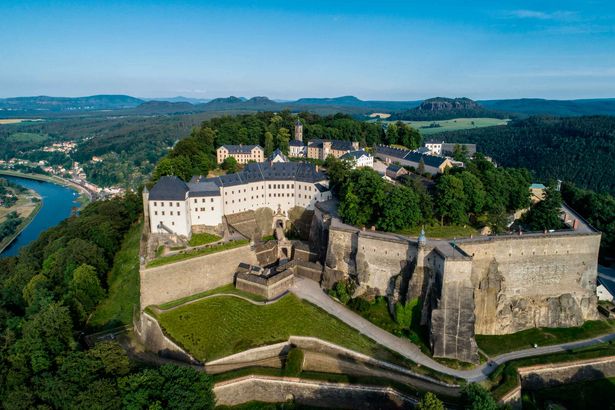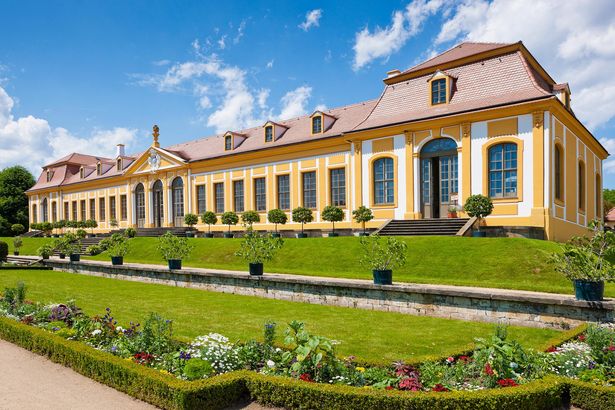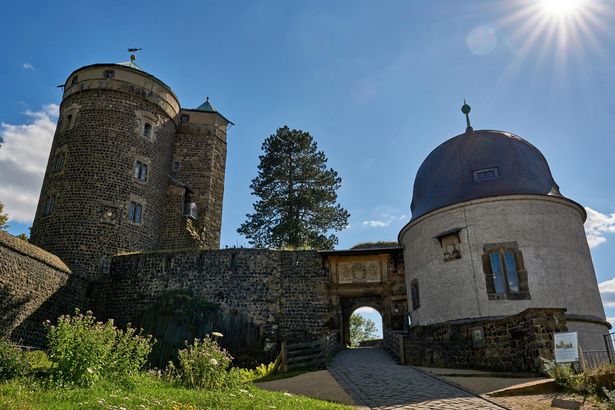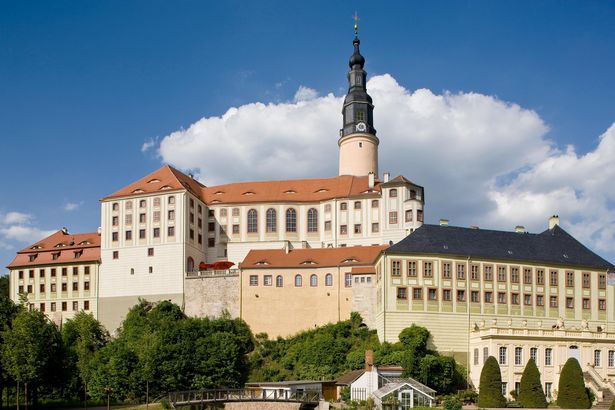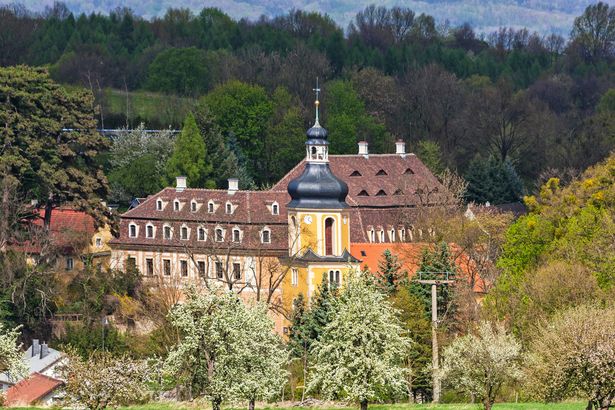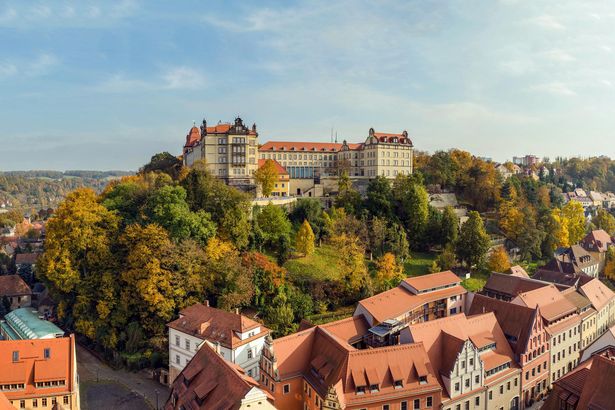Bastions of History
Königstein Fortress, Stolpen Castle, Weesenstein Palace, Großsedlitz Baroque Garden: History has left architectural pearls in Saxon Switzerland. The historic Electoral State and later Kingdom of Saxony reveals its defensible and majestic side as well as its intellectual and emotional facet.
What makes a stronghold unconquerable? What was a countess guilty of to be banned to a secluded castle for the rest of her life? Which of the Saxon kings was a brilliant translator of literature? And where is one of Germany’s most authentic baroque gardens? Culture lovers find answers to these questions in Saxon Switzerland.
